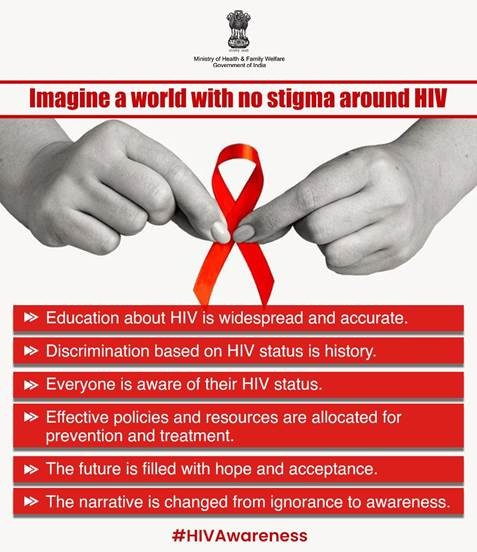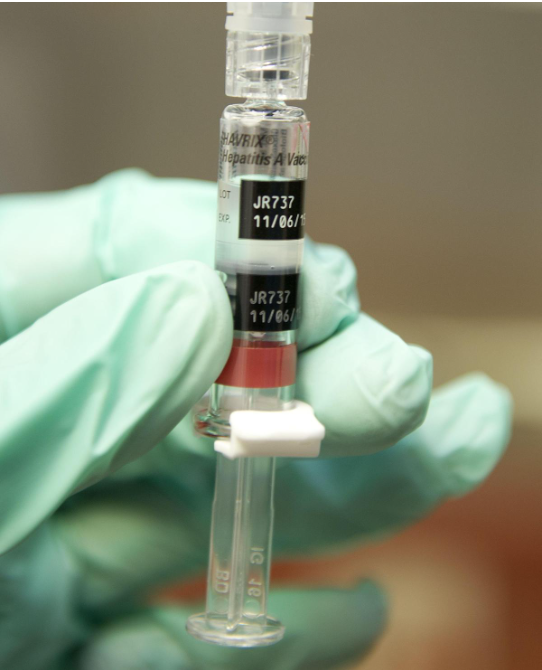Description

Source: Hindu
Disclaimer: Copyright infringement not intended.
Context
- A recent study proposes replacing the oral glucose tolerance test (OGTT) with a point-of-care HbA1c test for gestational diabetes screening.
- This approach could revolutionize screening by making it more accessible, especially in rural and remote areas.
Details
Proposed Screening Method
- Current Method (OGTT):
- Administered between 24 and 28 weeks of pregnancy.
- Requires fasting, consuming a 75 g glucose solution, and multiple blood draws over two to three hours.
- Challenges include accessibility in remote areas and the time-consuming nature of the test.
- Proposed Method (HbA1c Test):
- Can be administered in the first trimester.
- Point-of-care testing allows for screening at home with a drop of blood.
- HbA1c thresholds:
- A result of 4.9 rules out gestational diabetes.
- A result of 5.4 or above indicates gestational diabetes.
- Intermediate results would require follow-up OGTT, estimated for 25% of pregnant women.
Benefits of HbA1c Screening
- Accessibility: Simplifies testing for women in rural or remote areas, eliminating the need for travel and multiple clinic visits.
- Early Intervention: Identifies high-risk groups early in pregnancy, allowing for timely intervention with diet and exercise.
- Cost Neutral: While the direct cost of HbA1c is currently higher, it is offset by savings in travel, lost wages, and broader usage potentially reducing costs over time.
- Reduction in OGTTs: Could reduce the need for OGTTs by 50% to 64%, making screening more efficient.

Gestational Diabetes
- Gestational diabetes mellitus (GDM) is a type of diabetes that develops during pregnancy (gestation).
- Like other forms of diabetes, it affects how cells use glucose (sugar), leading to high blood sugar, which can impact both the mother's and baby's health.
Causes and Risk Factors
- Hormonal Changes: Pregnancy hormones can interfere with insulin's ability to manage blood glucose, causing insulin resistance.
- Risk Factors:
- Obesity: Increased body fat affects insulin's effectiveness.
- Age: Women over 25 are at higher risk.
- Family History: A family history of diabetes increases risk.
- Previous GDM: Having gestational diabetes in a previous pregnancy raises the risk.
- Ethnicity: Higher prevalence in African American, Hispanic, Native American, and Asian women.
Symptoms
Gestational diabetes often presents with no symptoms or very mild ones, but possible signs include:
- Increased thirst
- Frequent urination
- Fatigue
- Nausea
- Blurred vision
Sources:
Hindu
|
PRACTICE QUESTION
Q: With reference to diabetes mellitus, consider the following statements:
- Type 1 diabetes is characterized by the autoimmune destruction of beta cells in the pancreas, leading to an absolute insulin deficiency.
- In Type 2 diabetes, the primary problem is insulin resistance, although insulin secretion may also be impaired over time.
- Glycated hemoglobin (HbA1c) levels are used to diagnose diabetes, and an HbA1c level of 6.5% or higher on two separate tests indicates diabetes.
Which of the statements given above is/are correct?
a) 1 only
b) 1 and 2 only
c) 2 and 3 only
d) 1, 2, and 3
Answer: d)
|











